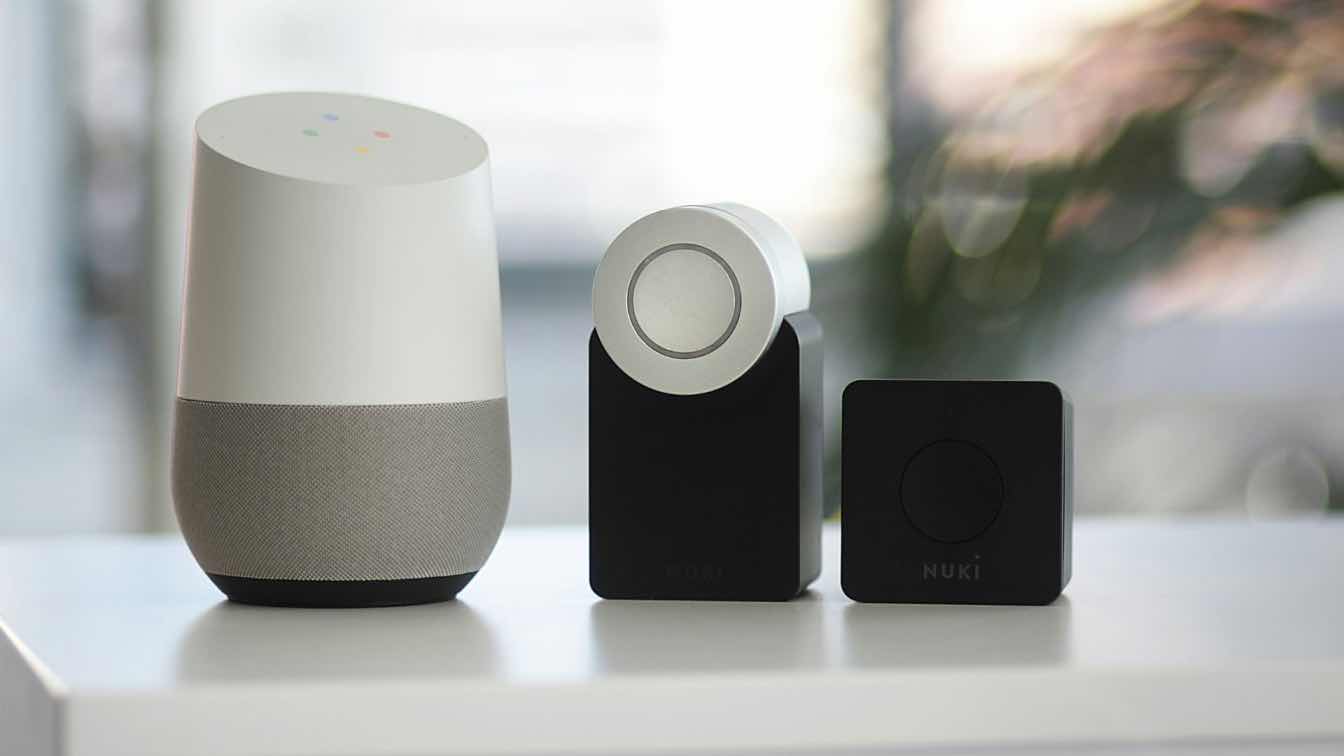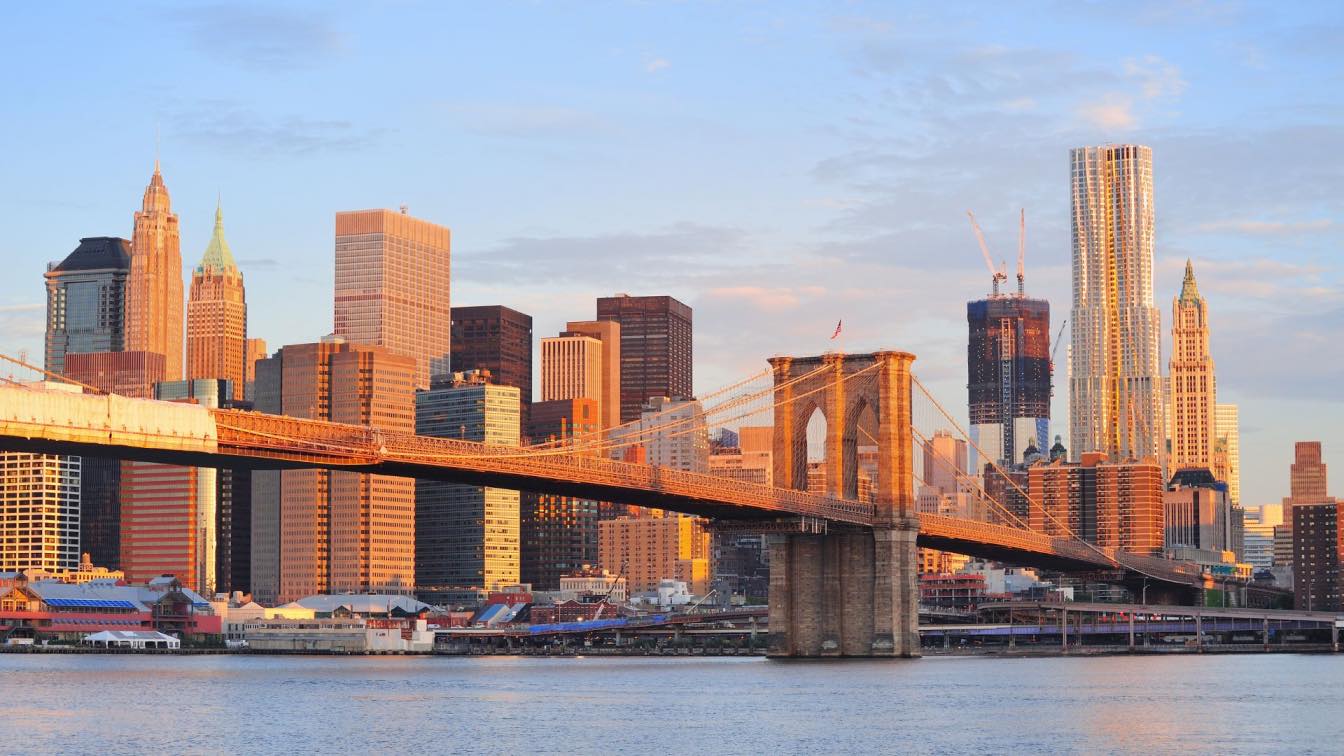Talk about the Andaman and Nicobar Islands, India – and images of the lovely white-sand beaches with the soothing Indian Ocean/Bay of Bengal waters and the perplexing torture atrocities committed in the Cellular Jail here immediately come to the fore-front. Yes, these islands now a Union Territory, have a history linked to the independence movement of India. Indeed, the stellar and stark beauty of nature makes it a therapeutic visit to this part – whether one is a professional or then a tourist. My recent explorations here no doubt made me come closer to the marring historic events and understanding of the resistance to change of the natives of this region.
These islands as my probes showed, are an archipelago of more than three hundred islands in the waters of the Bay of Bengal, with Port Blair being the capital. The indigenous people are made up of a number of tribes, the dominant being the Jarawa and Sentinelese. I was told that the Sentinelese being hostile to interaction with outsiders, could become extremely aggressive on approach to their territory. The government, respecting their rights to privacy, has restricted entry to their islands. Records project that these indigenous inhabitants put up a strong resistance even when the British came to Andaman in early nineteenth century, but had to retreat in the final battle of Aberdeen in 1859 with the British army. This is the time when the infamous Cellular Jail (also called Kala Pani) got built by the British for imprisoning the resilient Indian freedom fighters. During the World War II, the Japanese also occupied these islands for a relatively brief period. I guess all along when these islands were being exploited by invaders, it was the spiritual serenity of the calming waters, the majestic rainforests and the inbuilt glory of the contouring topography that kept the tribes rooted to their beliefs, customs and culture.
Architecture contributions by the Brits here are not significant apart from Port Blair’s Cellular Jail designed by them for solitary confinement of the Indian freedom fighters. The plan, as often stated, resembles a cycle wheel with a central tower for surveillance. The building is said to have seven wings connected to this tower, is three storied with no dormitories but has about 693 individual cells to have least communication between the inmates. It is now a national memorial with exhibition spaces and galleries portraying the freedom struggle. Sculptures depict the torture methods inflicted on the cellmates.
Yes, another captivating image that would stay back with you is of the Ross Island’s (a ten-odd-minute speedboat ride from Port Blair) old British buildings now in ruins which have naturally got layered and textured with the thick old roots of the Peepal (Ficus Religiose) and Banyan trees. This island renamed as Netaji Subhash Chandra Bose Island has a picturesquely located lighthouse (built in the year 2005) at its northern tip. And of course, while in Port Blair, a visit to a concrete Japanese Bunkers conserved by the ASI (Archeological Survey of India) would take you to the bygone World War II era when in 1842- 1845, the Japanese were in control of these islands. Our guide informed that there were more than 300 bunkers all around, many of which have been destroyed.
Vernacular architecture lovers would find the typical Andamanese native huts quite innovatively designed and constructed. Said to have six native tribes on these islands, each one has its own traditional style of designing their residential hut. One of the locals informed, “By and large, the most popular are the circular and rectangular ones. Their construction is fairly simple and aimed to be earthquake resistant. They are elevated from the ground standing on thick wooden piles to reduce the tsunami impact. At an average, the huts are around 20 feet diameter and 15-20 feet in height, all built with local wood and bamboo and normally thatched roofing.” A researcher would find it fascinating to delve further into how these huts get detailed for day-to-day functioning, storage needs, etc. and are customized for rituals and cultural connotations. This type of construction has won appreciation for its sustainable elements.
To enjoy the charm of the famous beaches with the intense rainwater forests surrounding them, Havelock Island now renamed as Swaraj Dweep, is the obvious first choice. The largest of the Ritchie’s Archipelago, this island has three popular beaches – Radhanagar, Elephant and Vijay Nagar. The Radhanagar beach with applauds such as the ‘Best Beach in Asia’ by Time magazine and the prestigious ‘Blue Flag Certification’, truly stands apart. The soft white sands, the tranquil blue waters, clean environs, the aura of the encircling lush forests – all combine together to make the experience a memorable one. Havelock is an ideal spot for water-sport lovers. Scuba diving and snorkeling activities at these safe beaches expose you to some exotic images of the underground coral reefs.
The new wing of the Veer Savarkar International Airport- the entry point to Andaman and Nicobar Islands, gives you the feel of the contemporary architecture pulse being enthused in the infrastructure. The architects Vector Designs have used sea shells as the inspiration for the roof form with inviting and function-oriented interiors. Since tourism is the frontline for these islands, it’s the resorts with a progressive design profiling that leave a mark in providing a stay that brings you closer to nature. The Bay Island Resort, Port Blair, designed by the late master architect Charles Correa on a hillside, is as pleasing to the eye today for its natural setting as it was when it was constructed in 1982. The Taj Exotica, Havelock Island, is another project that brings about a qualitative union of flowing open and indoor spaces so cherished by the end-user. There are other projects such as the Sea Shell Resorts, Silver Sand Beach Resort - which while providing luxury in physical comfort, attempt contributing with their built-form to natures’ visual delights.
The Islands indeed provide refreshing encounters to the absorbing undulating tropical landscapes, the slow-paced life is de-stressing, coming across locals living a simple yet content life is heartening and the power of the calming waters beyond doubt- hypnotic. Informal chats with a few residents of Port Blair brought forward one thing in common and that was the safe atmosphere where even a single woman could be out late night, with thefts and robberies being rare. Being a part of the restful environment here, evokes a spontaneous respect for the inherent beauty and tranquility rooted in nature and stimulates exploratory urges for clues from nature to make man-built habitat conducive to human wellness.
(Architect/author Suneet Paul based in Delhi and the former editor-in-chief of Architecture + Design, has to his credit a wide spectrum of writings/books.)





